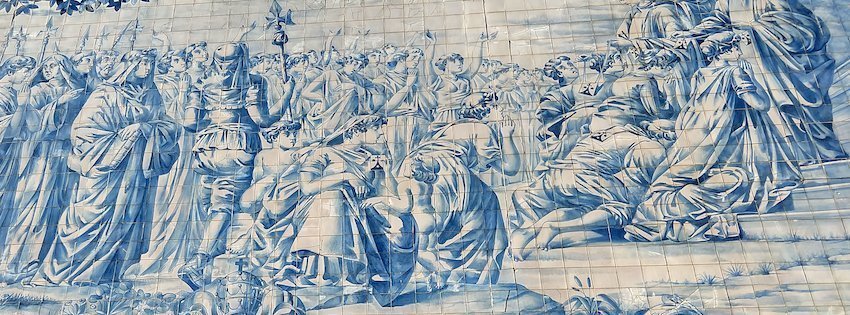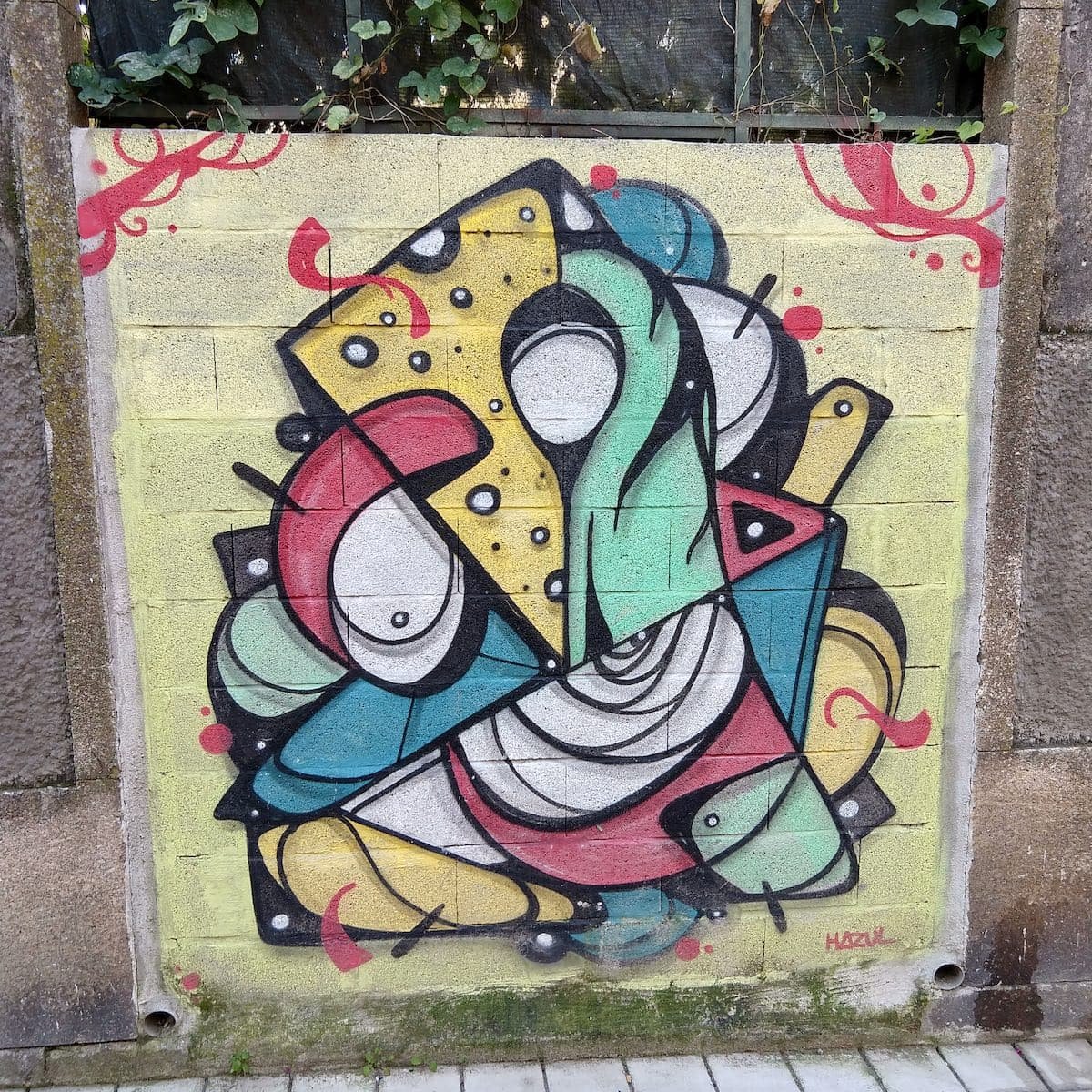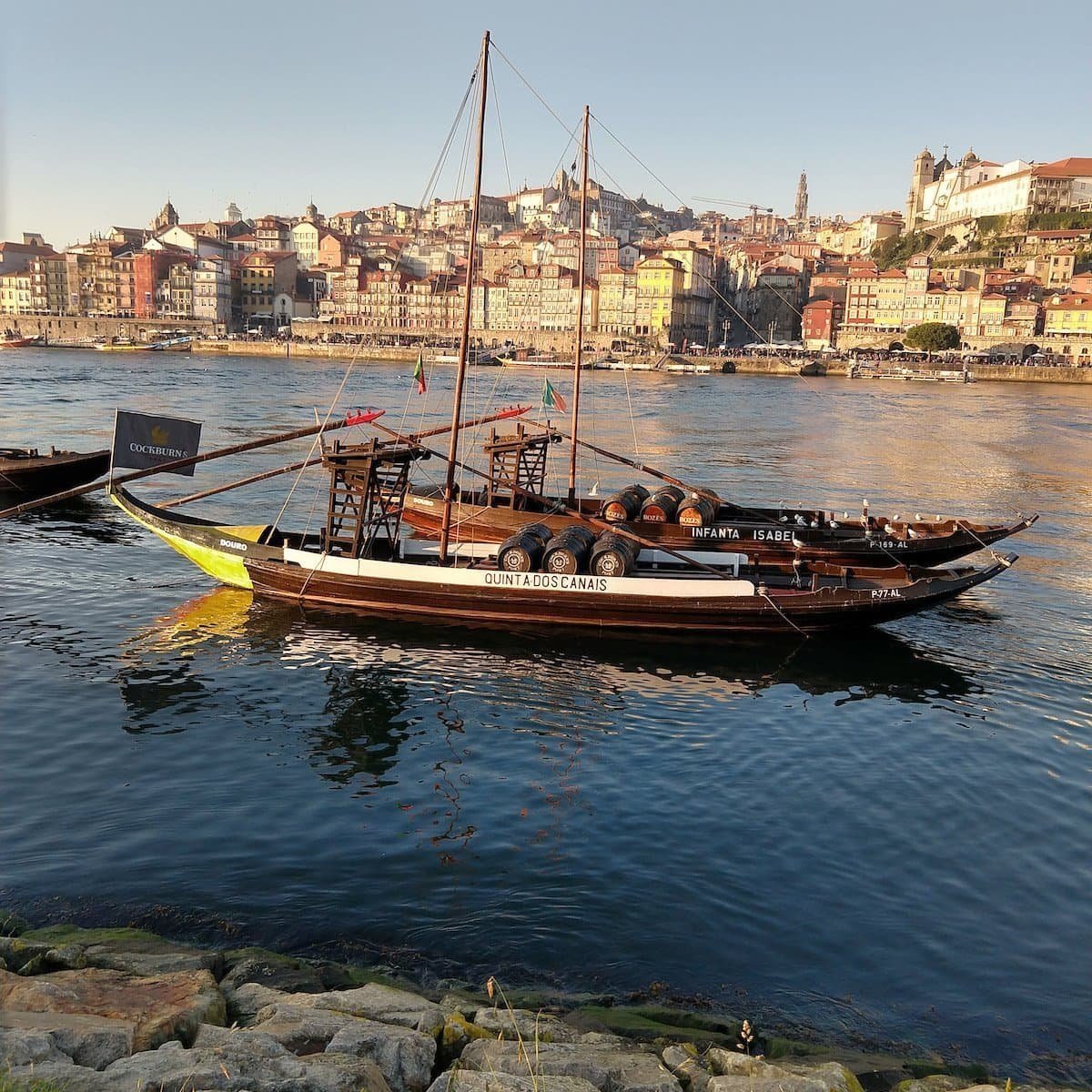Danielle Feinberg: The magic ingredient that brings Pixar movies to life @ TED Talks Live
TED Talks Live were held at The Town Hall Theater in NYC, in November of 2015. I had the pleasure of attending all six nights to hear speakers present impactful Ideas Worth Spreading. This post is an analysis of a talk by Danielle Feinberg on the magic ability of Pixar movies to capture our imagination.
Watch Danielle’s TED Talk. She not only speaks to her personal passion, but how her experiences at Pixar create films that touch the lives of millions. By tying the innocence of animation to the physics of lighting she provides a unique behind-the-scenes view of how art is blended with science, and how the dream that we imagine can become our reality.
Transcript
(my notes in red)
When I was seven years old, some well-meaning adult asked me what I wanted to be when I grew up. Proudly, I said: “An artist.” “No, you don’t,” he said, “You can’t make a living being an artist!”
For some people the life they lead as an adult began with a dream in childhood. I’ve found this to be true for a lot of artists, writers, musicians, even teachers and attorneys. It’s an opening that connects to an audience (we’ve all had dreams as children) and sets the stage for the narrative that follows.
My little seven-year-old Picasso dreams were crushed. But I gathered myself, went off in search of a new dream, eventually settling on being a scientist, perhaps something like the next Albert Einstein.
I have always loved math and science, later, coding. And so I decided to study computer programming in college. In my junior year, my computer graphics professor showed us these wonderful short films. It was the first computer animation any of us had ever seen. I watched these films in wonder, transfixed, fireworks going off in my head, thinking, “That is what I want to do with my life.” The idea that all the math, science and code I had been learning could come together to create these worlds and characters and stories I connected with, was pure magic for me.
Detours are another factor in many lives. What seems to be a change in direction ends up circling back, though often in a modified way. Danielle comes back to art, but from the perspective of computer graphics. Think about the detours in your personal story that an audience would appreciate hearing about.
Just two years later, I started working at the place that made those films, Pixar Animation Studios. It was here I learned how we actually execute those films. To create our movies, we create a three-dimensional world inside the computer. We start with a point that makes a line that makes a face that creates characters, or trees and rocks that eventually become a forest. And because it’s a three-dimensional world, we can move a camera around inside that world. I was fascinated by all of it. But then I got my first taste of lighting.
While Danielle’s personal experiences continue to be foundational to this story, there’s a shift at this point away from her and toward to topic of her talk – what brings Pixar movies to light. Using the visual on the screen behind her, the audience is pulled into the world of animation. The combination of image and words can transport people into your experience…
Lighting in practice is placing lights inside this three-dimensional world. I actually have icons of lights I move around in there. Here you can see I’ve added a light, I’m turning on the rough version of lighting in our software, turn on shadows and placing the light. As I place a light, I think about what it might look like in real life, but balance that out with what we need artistically and for the story. So it might look like this at first, but as we adjust this and move that in weeks of work, in rough form it might look like this, and in final form, like this.
…and in this story, there’s no substitute for the visual imagery. It is possible to describe how lighting works in the animation process without the accompanying visuals – and I always invite storytellers to think about how they would tell their story using only words – but in Danielle’s story the impact would only be a fraction of what she is able to achieve.
There’s this moment in lighting that made me fall utterly in love with it. It’s where we go from this to this. It’s the moment where all the pieces come together, and suddenly the world comes to life as if it’s an actual place that exists. This moment never gets old, especially for that little seven-year-old girl that wanted to be an artist.
As I learned to light, I learned about using light to help tell story, to set the time of day, to create the mood, to guide the audience’s eye, how to make a character look appealing or stand out in a busy set.
While the specific topic is lighting in animation, the revelation described applies across the creative spectrum. The ability of elements such as sound, color, texture, and perspective can tell a story of it’s own. Storytelling in general can tap into this attribute through description. Can you describe a scene in such a way as to enhance your story?
Did you see WALL-E? There he is. As you can see, we can create any world that we want inside the computer. We can make a world with monsters, with robots that fall in love, we can even make pigs fly.
While this is an incredible thing, this untethered artistic freedom, it can create chaos. It can create unbelievable worlds, unbelievable movement, things that are jarring to the audience.
So to combat this, we tether ourselves with science. We use science and the world we know as a backbone, to ground ourselves in something relatable and recognizable. “Finding Nemo” is an excellent example of this. A major portion of the movie takes place underwater. But how do you make it look underwater?
In early research and development, we took a clip of underwater footage and recreated it in the computer. Then we broke it back down to see which elements make up that underwater look. One of the most critical elements was how the light travels through the water. So we coded up a light that mimics this physics — first, the visibility of the water, and then what happens with the color. Objects close to the eye have their full, rich colors. As light travels deeper into the water, we lose the red wavelengths, then the green wavelengths, leaving us with blue at the far depths.
Danielle uses a science story block to explain how the folks at Pixar tapped into how light works to create realistic images that our eye accepts as real. Similarly, science can be used to expand up a number of other topics, from human emotions to the effects of climate change. Many times the science alone can come off as too technical, and thus, too boring, but when tied to a real life application / situation, the science comes to life.
In this clip you can see two other important elements. The first is the surge and swell, or the invisible underwater current that pushes the bits of particulate around in the water. The second is the caustics. These are the ribbons of light, like you might see on the bottom of a pool, that are created when the sun bends through the crests of the ripples and waves on the ocean’s surface. Here we have the fog beams. These give us color depth cues, but also tells which direction is up in shots where we don’t see the water surface. The other really cool thing you can see here is that we lit that particulate only with the caustics, so that as it goes in and out of those ribbons of light, it appears and disappears, lending a subtle, magical sparkle to the underwater.
You can see how we’re using the science — the physics of water, light and movement — to tether that artistic freedom. But we are not beholden to it. We considered each of these elements and which ones had to be scientifically accurate and which ones we could push and pull to suit the story and the mood.
We realized early on that color was one we had some leeway with. So here’s a traditionally colored underwater scene. But here, we can take Sydney Harbor and push it fairly green to suit the sad mood of what’s happening. In this scene, it’s really important we see deep into the underwater, so we understand what the East Australian Current is, that the turtles are diving into and going on this roller coaster ride. So we pushed the visibility of the water well past anything you would ever see in real life. Because in the end, we are not trying to recreate the scientifically correct real world, we’re trying to create a believable world, one the audience can immerse themselves in to experience the story.
It’s important to draw a distinction between the creation of a fictional story (one told in an animated movie) and the telling of a true story. While Danielle and the folks at Pixar have the ability to violate the laws of physics for artistic impact, storytelling with impact requires that only the truth be told. It will be your version of the truth, and other people may see things differently, but your story is authentic to the real world.
We use science to create something wonderful. We use story and artistic touch to get us to a place of wonder. This guy, WALL-E, is a great example of that. He finds beauty in the simplest things. But when he came in to lighting, we knew we had a big problem. We got so geeked-out on making WALL-E this convincing robot, that we made his binoculars practically optically perfect.
His binoculars are one of the most critical acting devices he has. He doesn’t have a face or even traditional dialogue, for that matter. So the animators were heavily dependent on the binoculars to sell his acting and emotions. We started lighting and we realized the triple lenses inside his binoculars were a mess of reflections. He was starting to look glassy-eyed.
Now, glassy-eyed is a fundamentally awful thing when you are trying to convince an audience that a robot has a personality and he’s capable of falling in love. So we went to work on these optically perfect binoculars, trying to find a solution that would maintain his true robot materials but solve this reflection problem.
So we started with the lenses. Here’s the flat-front lens, we have a concave lens and a convex lens. And here you see all three together, showing us all these reflections. We tried turning them down, we tried blocking them, nothing was working. You can see here, sometimes we needed something specific reflected in his eyes — usually Eve. So we couldn’t just use some faked abstract image on the lenses. So here we have Eve on the first lens, we put Eve on the second lens, it’s not working. We turn it down, it’s still not working.
And then we have our eureka moment. We add a light to WALL-E that accidentally leaks into his eyes. You can see it light up these gray aperture blades. Suddenly, those aperture blades are poking through that reflection the way nothing else has. Now we recognize WALL-E as having an eye. As humans we have the white of our eye, the colored iris and the black pupil. Now WALL-E has the black of an eye, the gray aperture blades and the black pupil. Suddenly, WALL-E feels like he has a soul, like there’s a character with emotion inside.
Later in the movie towards the end, WALL-E loses his personality, essentially going dead. This is the perfect time to bring back that glassy-eyed look. In the next scene, WALL-E comes back to life. We bring that light back to bring the aperture blades back, and he returns to that sweet, soulful robot we’ve come to love.
(Video) WALL-E: Eva?
There’s a beauty in these unexpected moments — when you find the key to unlocking a robot’s soul, the moment when you discover what you want to do with your life. The jellyfish in “Finding Nemo” was one of those moments for me.
There are scenes in every movie that struggle to come together. This was one of those scenes. The director had a vision for this scene based on some wonderful footage of jellyfish in the South Pacific. As we went along, we were floundering. The reviews with the director turned from the normal look-and-feel conversation into more and more questions about numbers and percentages. Maybe because unlike normal, we were basing it on something in real life, or maybe just because we had lost our way. But it had become about using our brain without our eyes, the science without the art. That scientific tether was strangling the scene.
But even through all the frustrations, I still believed it could be beautiful. So when it came in to lighting, I dug in. As I worked to balance the blues and the pinks, the caustics dancing on the jellyfish bells, the undulating fog beams, something promising began to appear. I came in one morning and checked the previous night’s work. And I got excited. And then I showed it to the lighting director and she got excited. Soon, I was showing to the director in a dark room full of 50 people.
In director review, you hope you might get some nice words, then you get some notes and fixes, generally. And then, hopefully, you get a final, signaling to move on to the next stage. I gave my intro, and I played the jellyfish scene. And the director was silent for an uncomfortably long amount of time. Just long enough for me to think, “Oh no, this is doomed.” And then he started clapping. And then the production designer started clapping. And then the whole room was clapping.
This is the moment that I live for in lighting. The moment where it all comes together and we get a world that we can believe in.
As consumers we only get to see the finished product, which in the case of Pixar feels flawless, but Danielle has taken us on a journey of challenges. The problems that had to be addressed in order to achieve that flawless feel. That expression, ‘This is the moment that I live for…’ is one that is contained in so many impactful personal stories, regardless of topic. You had a dream, but along the way got lost, or things didn’t work as planned, but with perseverance those issues were overcome.
We use math, science and code to create these amazing worlds. We use storytelling and art to bring them to life. It’s this interweaving of art and science that elevates the world to a place of wonder, a place with soul, a place we can believe in, a place where the things you imagine can become real — and a world where a girl suddenly realizes not only is she a scientist, but also an artist.
We come back to the beginning of Danielle’s story with a beautiful feeling of magic, of imagination, that all things are possible. In many cases the message within the story is revealed along the way, often at the midway point or just beyond, but that message can also appear in the final words of a story, as we see here.
Thank you.
[Note: all comments inserted into this transcript are my opinions, not those of the speaker, the TED organization, nor anyone else on the planet. In my view, each story is unique, as is every interpretation of that story. The sole purpose of these analytical posts is to inspire a storyteller to become a storylistener, and in doing so, make their stories more impactful.]
contact me to discuss your storytelling goals!
◆
Subscribe to our newsletter for the latest updates!
Copyright Storytelling with Impact – All rights reserved



